Nothing's design boss explains the big change behind Phone (3)
Say goodbye to the light strips – and hello to a pixel party on the back of your next phone.

Nothing's first flagship phone is just around the corner, and now Nothing itself has revealed how its new Glyph Matrix will work. The Glyph Matrix is a compact, programmable system that replaces the Glyph Interface.
In an interview with Design Milk, Nothing's Head of Design, Adam Bates, shared some insight into the new system that will replace the well-known Glyph Interface on the Nothing Phone (3).
Ever since Nothing launched its first phone, its unique design approach grabbed the attention. Curiously, Nothing decided to move away from the LED light strips seen on previous models in a surprising move. But apparently, the new Glyph Matrix is the next evolution in Nothing's phone design.
Of course, you'd still be able to assign lighting effects to different apps and notifications, just like the OG Glyph Interface allowed you to.
Nothing also stated that removing the Glyph Interface allowed it to free up more space inside the phone. And we all know how important it is in the tiny space that generally makes a phone, to have as much space as possible (for the battery, for cooling, for other components).
The new interface is also more programmable and gives the Nothing Phone (3) a recognizable look and visual identity, also added Bates.
Nothing is quite unique in the smartphone market right now with its designs. Companies like Samsung and Apple are sticking to what's known in recent years and as a consequence, phones have become somewhat boring. Nothing has shaken things up with its unique looks that I'm a huge fan of personally, and it reminds me of when tech used to look techy and fun.
Ever since Nothing launched its first phone, its unique design approach grabbed the attention. Curiously, Nothing decided to move away from the LED light strips seen on previous models in a surprising move. But apparently, the new Glyph Matrix is the next evolution in Nothing's phone design.
The company reveals that the Glyph Matrix consists of a dense cluster of micro-LEDs. The Glyph Matrix is situated in the top right corner of the phone and will be capable of displaying symbols, custom animations, and reactive lighting.
There are no predefined light strips anymore, it's a programmable micro-LED field, underlines Bates in the interview. Nothing's Head of Design also says the new Glyph Matrix is a canvas for real-time, glanceable communication that's alive, playful, and personal.
The Glyph Matrix features pixel-level responsiveness, says Bates, and unlocks features of true personalization.
The Glyph Matrix replaces traditional segmented light strips with a dynamic, evolving visual system. Rather than simple indicators, it enables movement, pattern formation, and fluid animations that give the phone a sense of personality. It can now form symbols, abstract visuals, and dynamic feedback, allowing users to connect with their device in an entirely new way. The philosophy remains the same: less distraction, more meaning. But the scope has expanded. The back of the phone is no longer just a tool for alerts; it is a canvas for interaction.
-Adam Bates, Head of Design at Nothing
These features transform the back of the device into an expressive, functional surface, something that doesn’t just alert you, but communicates with you.
-Adam Bates, Head of Design at Nothing
Nothing also stated that removing the Glyph Interface allowed it to free up more space inside the phone. And we all know how important it is in the tiny space that generally makes a phone, to have as much space as possible (for the battery, for cooling, for other components).
Nothing is quite unique in the smartphone market right now with its designs. Companies like Samsung and Apple are sticking to what's known in recent years and as a consequence, phones have become somewhat boring. Nothing has shaken things up with its unique looks that I'm a huge fan of personally, and it reminds me of when tech used to look techy and fun.
Follow us on Google News

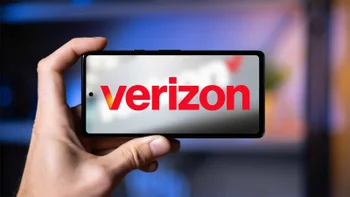
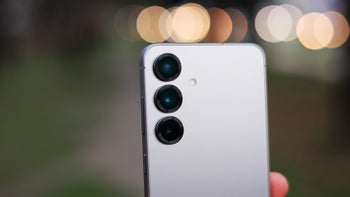

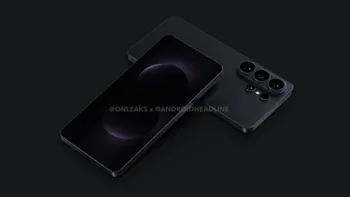
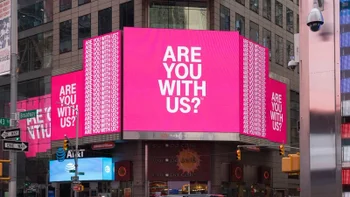

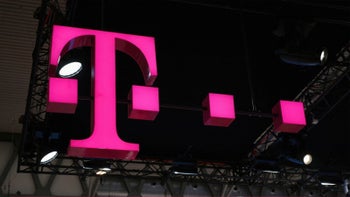




Things that are NOT allowed:
To help keep our community safe and free from spam, we apply temporary limits to newly created accounts: